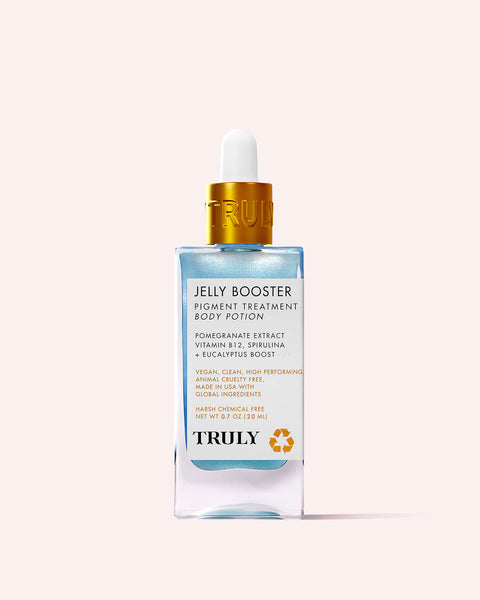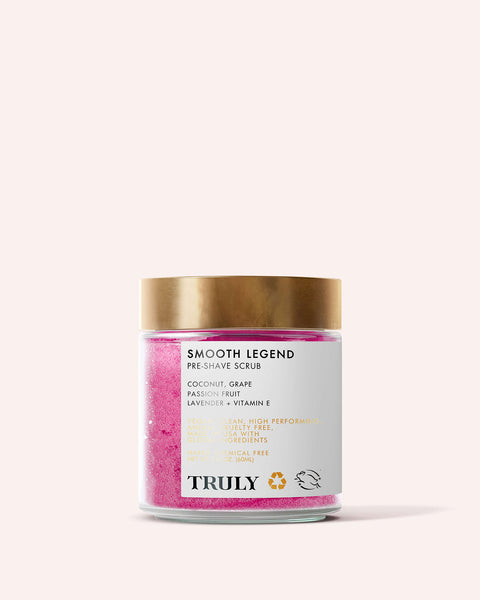Is Your Makeup Removal Method Compatible W/ Ur Skin?

Makeup removal is never fun, but it is necessary to keep skin clear, smooth, and healthy. While it's tempting to cut corners, make sure you always prioritize makeup removal -- even if it is late and you're super tired. You'll be thankful in a few years!
Not removing your makeup before going to bed is one of the worst things you can do for your face when it comes to acne and aging.
Even if you are taking off your makeup every evening, have you ever wondered if your makeup removal method is even compatible with your skin? Is it genuinely doing a good job at getting rid of all that product? Keep scrolling to find out!
Types of Makeup Removers
There are several types of makeup removal skincare products available. Here are the most common ones.
Balms
Cleansing balms are a form of cleanser but in balm form. They are great if you have dry skin as balms cleanse away dirt and makeup without stripping the skin of natural oils. Unlike soaps and cleansers that leave skin feeling tight and dry, balms nourish and hydrate the skin, leaving your complexion feeling soft and smooth.
How to use: Apply to your face and rub in. Then splash your face with water remove the excess product gently with a damp washcloth.
Cleansers
Facial cleansers are a fundamental part of most skincare routines. Their job is to remove makeup, excess oil, sweat, grime, and dead skin cells from your skin. Face washes are the most common type of makeup remover, as they're already part of most people regimens. Plus, they're generally well-suited to all skin types, including sensitive skin, as they get rinsed off, meaning there's no residue leftover that could irritate the skin.
How to use: Splash your face with water, apply a small amount of cleanser, and massage it into the face and neck. Rinse off with lukewarm water.
Micellar Water
Micellar water is a water based make-up remover that works at removing makeup with a few swipes. Made up of micelles, these molecules help to dissolve impurities from the skin and gently remove makeup.
The great thing about micellar water is that it's extremely gentle, making it perfect as an eye makeup remover.
How to use: Soak a cotton pad or cotton ball and wipe gently over your face. Continue until you no longer see makeup residue appearing on the pad.
Cleansing Oils
The idea of smothering your face in oil may not sound like such a good idea, especially if you have oily skin or acne-prone skin. However, it's actually an effective way to remove your makeup and impurities without stealing moisture. Oil cleansing is great for all skin types. It's particularly good for people who wear a lot of heavy makeup.
How to use: Apply oil to the face and neck (and eye area if you're wearing eye makeup). Massage it in for a few seconds, then remove with a damp washcloth.
Makeup Remover Wipes
Makeup wipes are a quick and easy way to remove eye makeup and face makeup. The only problem is, they're not the best for thoroughly removing makeup or cleansing your skin. Most cleansing wipes contain alcohol and fragrances, which can be drying and irritating for the skin. Dermatologists generally don't recommend them as a makeup removal method.
How to use: Simply wipe away make-up using your wipe. Always wash your face afterwards so that the ingredients in the wipes don't linger on the skin, which can cause irritation.
What's the Best Way to Remove Makeup?
The best makeup removal method, by far, has got to be the double cleansing method which involves melting away your makeup using a cleansing balm or oil, followed by a second round of cleansing using a face wash to get everything off.
Start with a small scoop of cleansing balm or a few drops of oil. Gently massage it into the skin in circular motions all over your face and neck. Once the makeup starts melting, rinse away with excess product with warm water. Next, lather up your facial cleanser and rub into the skin to remove any leftover makeup, then rinse. After that, use a soft cotton washcloth to pat dry your face and proceed with your post-cleansing skincare routine.
If you don't have time to double cleanse, simply use a face wash to remove your makeup. It still does a great job at getting rid of it, and is perfect if you're only wearing light makeup.
Removing your makeup properly will avoid foundation and concealer from clogging your pores and triggering breakouts. It also allows other beauty products like your toner, serums, and lotions penetrate more effectively.
Best Makeup Removers
Here are our favorite cleansers for getting rid of foundation, mascara, and impurities.
Super Matcha Facial Cleanser
Ideal for dry and sensitive skin types, this aloe-based cleanser is formulated with vitamin C, lavender, green tea, and vitamin B12 to effectively cleanse and nourish your skin.

Vegan Collagen Booster Facial Cleanser
Powered by retinol and vitamin C, this anti-aging facial cleanser cleanses, plumps, and brightens all at the same time to bring a youthful appearance. Coconut oil and vegan collagen also lend their hydrating and protecting abilities. It's the perfect daily cleanser and makeup remover for ladies 25+.

CBD Jelly Anti-Blemish Facial Cleanser
Using the exfoliating powers of salicylic acid and the soothing powers of hemp, this face cleanser is designed to clear away dirt, grime, and makeup for a blemish-free complexion. Remember to follow up with an oil-free sunscreen if you're using it in your daytime routine.

Perfecting your makeup removal practices won't only make removing waterproof mascara a breeze, it'll also ensure your skin stays clear and healthy. If you're currently relying on makeup wipes to cleanse away your daily makeup, switch to a better method starting today. Any makeup artist or dermatology professional will tell you that proper makeup removal is one of the most important steps in skincare.
























































